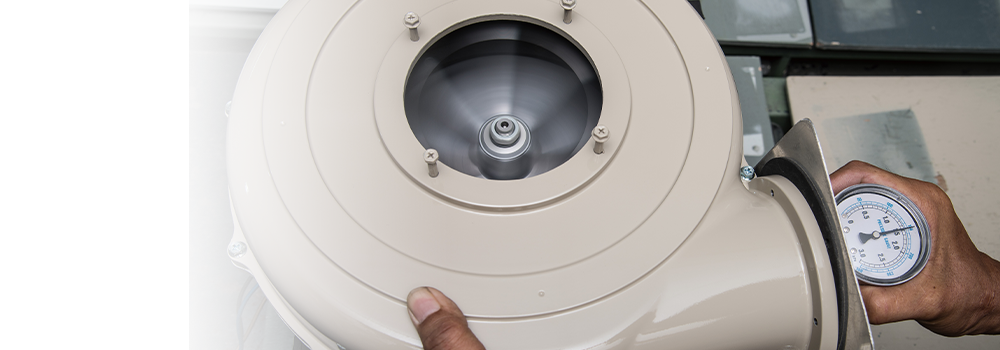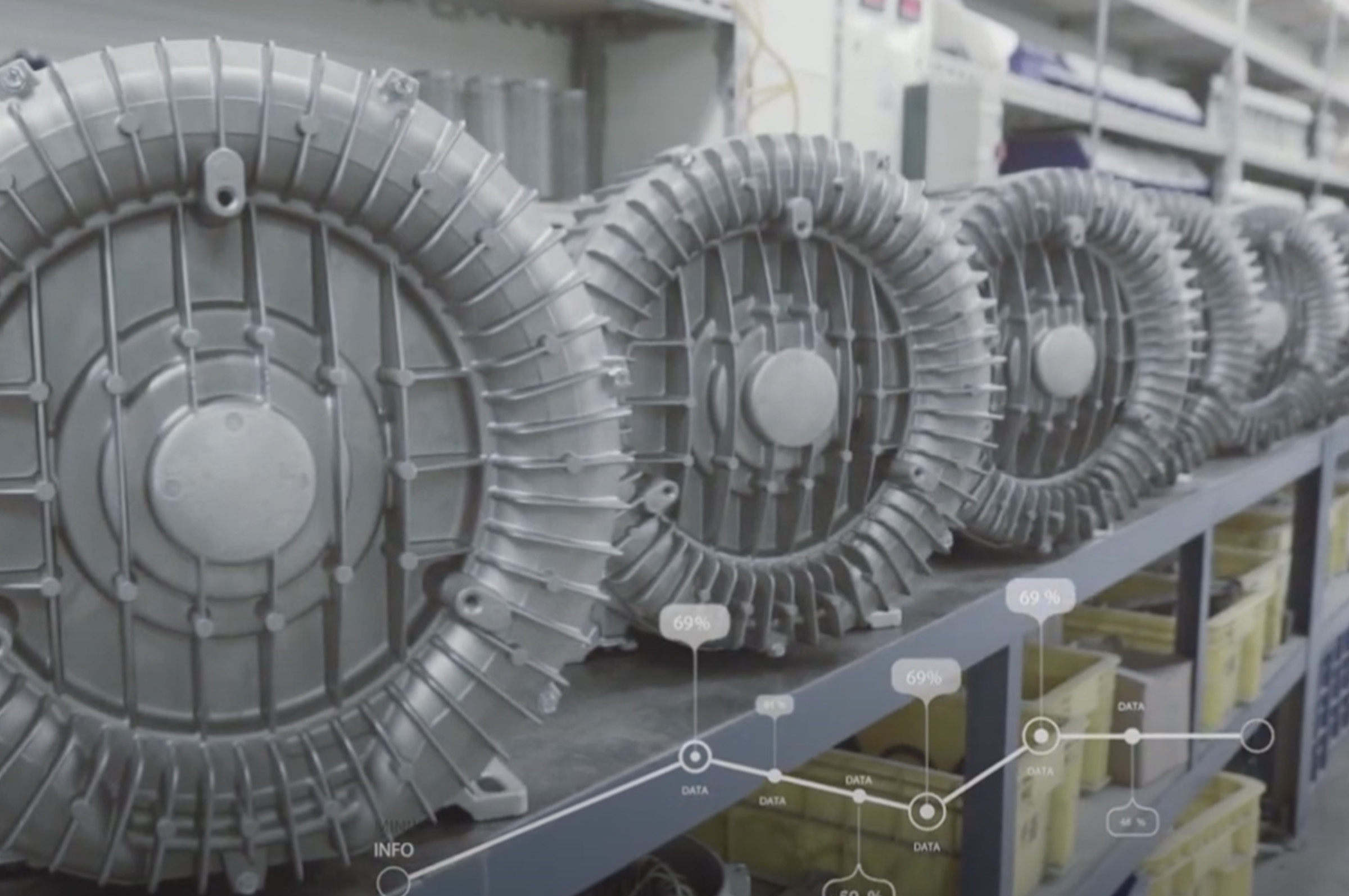

A ring blower, also known as a centrifugal blower, is a type of industrial fan that uses an impeller with backward-curved blades to move air or gases. It operates on the principle of centrifugal force, drawing in air or gases and expelling them radially outward through the housing. Ring blowers are widely used in various industrial applications, HVAC systems, and manufacturing processes due to their efficient air or gas handling capabilities.
Key Takeaways
A ring blower, also known as a centrifugal blower, is a type of industrial fan that utilizes a rotating impeller to generate airflow or gas flow. The impeller, typically featuring backward-curved blades, is the key component responsible for creating the centrifugal force that moves the air or gases.
At its core, a ring blower is a centrifugal blower that operates on the principle of centrifugal force. As the impeller rotates, it draws in air or gases from the inlet and, through the centrifugal force generated by the impeller's motion, the air or gases are accelerated and expelled radially outward through the housing.
The impeller is housed within a circular or ring-shaped casing, which helps to direct the flow and increase the pressure of the output. The motor provides the rotational force to the impeller, while the housing and other structural components ensure the efficient and reliable operation of the ring blower.
| Component | Function |
|---|---|
| Impeller | The key component that creates the centrifugal force responsible for moving the air or gases. |
| Housing | Directs the flow and increases the pressure of the output. |
| Motor | Provides the rotational force to the impeller. |
| Other Structural Components | Ensure the efficient and reliable operation of the ring blower. |
The working principle of a ring blower, also known as a centrifugal blower, is based on the concept of centrifugal force. As the impeller rotates, it draws in air or gases from the inlet and, through the centrifugal force generated by the impeller's rotation, the air or gases are accelerated and expelled radially outward through the housing. This process not only moves the air or gases but also compresses them, increasing the pressure of the output.
The impeller, typically with backward-curved blades, is the key component that creates the centrifugal force responsible for moving the air or gases. As the impeller rotates, the air or gases are drawn in and forced outward, resulting in air compression and the generation of high-pressure airflow or gas flow.
Ring blowers offer several advantages, including energy efficiency, low maintenance requirements, and quiet operation, making them a popular choice for various industrial and commercial applications. The efficient air compression and air flow capabilities of ring blowers contribute to their widespread use in HVAC systems, manufacturing processes, and other industrial operations.
Ring blowers, or centrifugal blowers, have emerged as versatile and efficient air or gas handling devices that play a crucial role in a wide range of industrial and commercial applications. Their ability to generate high-pressure airflow or gas flow, coupled with their energy-efficient and low-maintenance operation, make them an increasingly popular choice for HVAC systems, manufacturing processes, and various industrial operations.
As technology continues to evolve, the capabilities and applications of ring blowers are likely to expand, contributing to more efficient and sustainable industrial and commercial solutions. From enhancing the performance of HVAC systems to streamlining manufacturing processes, these versatile air or gas handling devices are becoming indispensable in a wide range of industries, driven by their energy efficiency and reliable operation.
Looking ahead, the future of ring blowers holds immense promise, as researchers and engineers work to optimize their design, improve their energy efficiency, and expand their applications even further. As the demand for more sustainable and cost-effective industrial solutions grows, the role of ring blowers in shaping the future of industrial and commercial processes is expected to become increasingly prominent.
A ring blower, also known as a centrifugal blower, is a type of industrial fan that uses an impeller with backward-curved blades to move air or gases. It operates on the principle of centrifugal force, drawing in air or gases and expelling them radially outward through the housing.
The working principle of a ring blower is based on centrifugal force. As the impeller rotates, it draws in air or gases from the inlet and, through the centrifugal force generated by the impeller's rotation, the air or gases are accelerated and expelled radially outward through the housing. This process not only moves the air or gases but also compresses them, increasing the pressure of the output.
The key components of a ring blower include the impeller, housing, and motor. The impeller, typically with backward-curved blades, is the core component that creates the centrifugal force responsible for moving the air or gases. The housing helps to direct the flow and increase the pressure of the output, while the motor provides the rotational force to the impeller.
Ring blowers offer several advantages, including energy efficiency, low maintenance requirements, and quiet operation, making them a popular choice for various industrial and commercial applications. Their ability to generate high-pressure airflow or gas flow also contributes to their versatility in applications such as HVAC systems, manufacturing processes, and industrial operations.
Ring blowers are widely used in various industrial applications, HVAC systems, and manufacturing processes due to their efficient air or gas handling capabilities. They are particularly useful in applications that require the generation of high-pressure airflow or gas flow, such as in industrial processes, ventilation systems, and material handling operations.
Thank you for visiting our website. Your personal privacy is absolutely respected and protected by the website. To help you understand how the website collects, uses and protects your personal information, be sure to read the websitePrivacy Policy. Thank you!